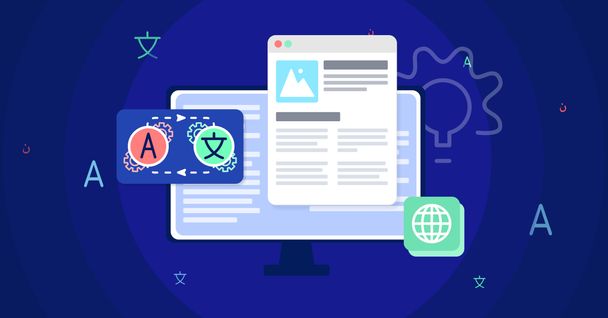Thought Leadership
September 15, 2022
Cutting Costs with the Right Localization Technology
In this post, we’ll talk about a few ways to cut costs throughout the localization process to help run a cost-effective but powerful program.
Han Mai
Associate Director, Demand Generation

2022 has proven to be a year full of fluctuation and change. Though some companies are experiencing growth and success, many are looking for ways to save money and prepare for a future of potential uncertainty.
To do so, businesses are reevaluating their systems and workflows to see what can be cut or what can be optimized. In many cases, technology and software solutions are top of the list. But if those solutions are vital to company success, it may be hard to let them go without harming key existing processes.
In this post, we’ll talk about a few ways to cut costs throughout the localization process to help run a cost-effective but powerful program.
Look Into Automation

One of the easiest ways to maximize efficiency for your localization program is to cut manual tasks. This has a dual-purpose outcome: it can create a more efficient workflow with fewer opportunities for error, and it can also give your team back valuable time that otherwise would have been spent on manual, repetitive work.
These days, there are plenty of ways to add automation into your workflow. For example, automated batch QA checks your content for a specified set of grammatical rules to ensure that the same standard has been applied to all content, resulting in a more consistent translation.
Use Integrations
A big pain point that many localization programs have to face is having to add a new system into the workflow. Not only does it make changing vendors tedious and challenging, it also takes time to learn new solutions and figure out the ins and outs.
However, a Connector-first approach eliminates that step, as your translation solution can plug right into your existing technology stack. Instead of uploading and downloading content from one system to another, this approach takes care of that and allows you to get your content published quicker and with fewer back and forth.
Reevaluate Machine Translation Solutions
MT has been long thought of as a fast and easy solution for localization. However, not all MT is created equally, and more traditional MT processes may actually be hurting your budget and causing more headaches than you think.
For example, while MTPE is a common solution, it often ends up with lower quality results and more time spent correcting mistakes and training (and retraining) systems to improve accuracy. Instead, work with an MT system that can provide options that fit your needs based on your content and expectations.
If speed to market is your primary concern, a partner that can provide instant translations may be ideal. However, if quality is your top priority, then a verified, human-guaranteed translation is likely preferred.
Regardless of the approach, it’s always important to be evaluating and reevaluating the systems you currently have in place for localization.
Share this post
Find some time with LILT
Enterprise-grade content seamlessly translated with AI to help your business scale globally.
Book a MeetingShare this post